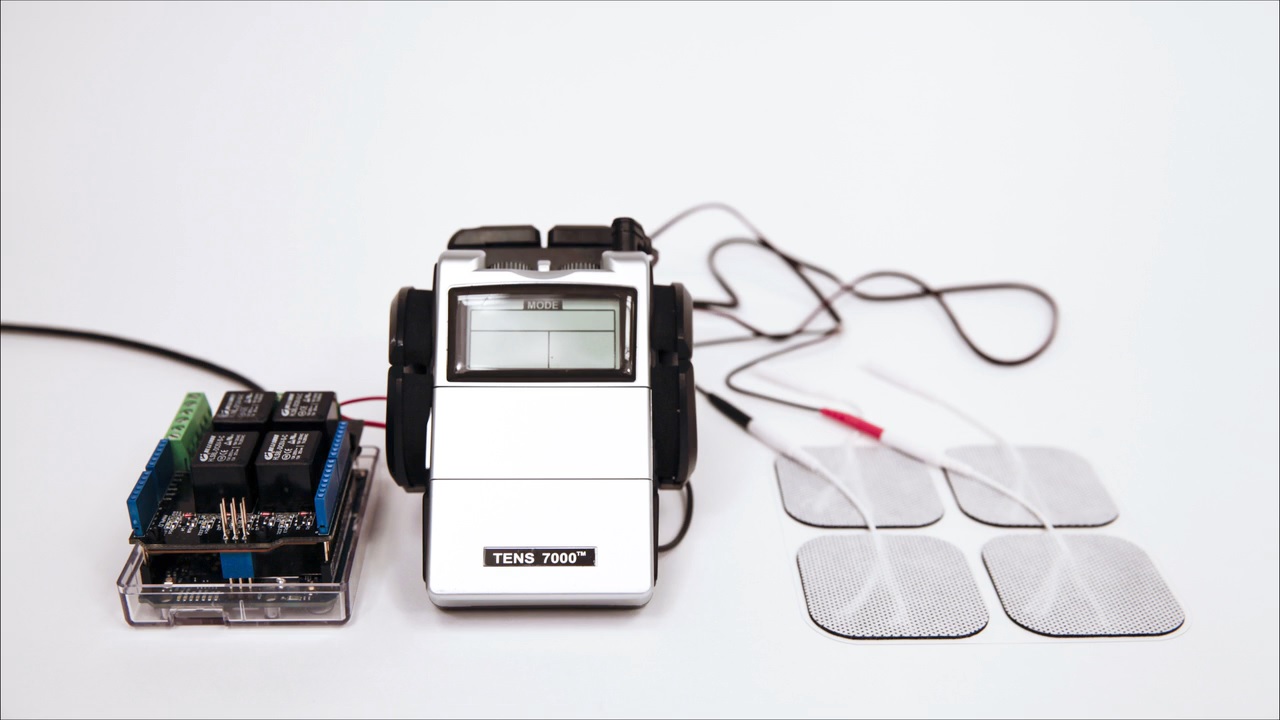
The Body and Big Data
Data Visualization is a burgeoning field of graphic design that offers highly sophisticated tools for presenting evidence-based research. With the vast technological developments of the 21st Century, designers are now able to utilize a wide variety new media to communicate information derived from increasingly complex data sets in simplified forms. Methods of design initially developed for analytical purposes (whether social, geographic, political, economic, etc.) have since become prominently visible in journalism and commercial advertising, where their analytical functions are often secondary.
The greater aesthetic freedom granted toward Data Visualization allows the graphics to be manipulated to convey a more general idea about the findings, sometimes at the cost of marginally misrepresenting the empirical data. Further, there are inherent problems with the theory of visualization itself—that is, with the idea that inherently (or initially) non-visual data can always somehow be visualized, no matter how chaotic the actual data may be.
More recently, Speculative Design has grown in prominence as a practice of developing alternatives to the design-as-problem-solving paradigm. My project takes a speculative approach toward popular discourse on big data as it circulates through Twitter. It positions the body as the site of a sensate, non-visual representation of Twitter data that progresses in real time and resists simplification. In doing so, I seek to introduce humor and play into the field of Data Visualization, and to identify the individual as both a crucial data source and potential short circuit of the visualization process.
Sector C: Art Practice and Technology
Advisers: David Comberg (FNAR) | Kenneth Goldsmith (ENGL)

 Visual Studies
Visual Studies